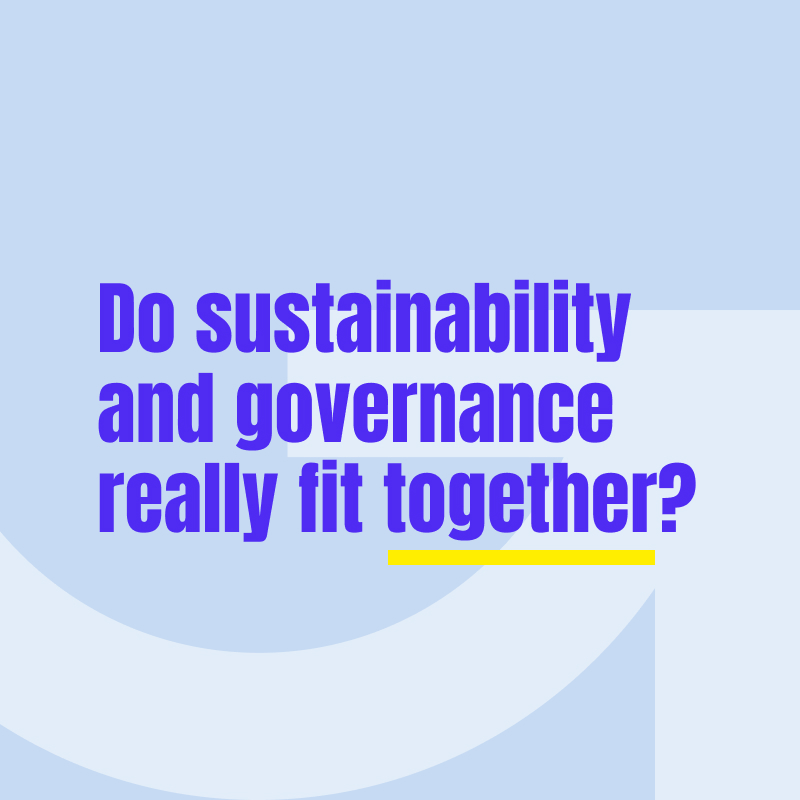
Do sustainability and governance really fit together?
Governance, by definition, is a management tool used to safeguard a company’s future. Economist and Professor of Management Pierre-Yves Gomez defines it as “the combination of legal, regulatory and operational frameworks that legitimize the scope of power and responsibilities held by those responsible for running a company and leading it towards long-term viability.”
The concept of time in the definition of governance is worth pointing out. It suggests that long-term, future-focused thinking is a tenet of any governance structure. Based on that logic, one could assume that this long-term approach would influence business practices — as stepping stones to a resilient future. Yet the reality is quite different. More often than not, short-term thinking is the driving force behind business practices.
Yet now, more than ever, short-term thinking within business management is being called into question. With consumer confidence in business plunging to new lows, the sustainability of certain business models, i.e., whether they can operate within the capacity of the planet, is becoming an essential factor for leaders to consider.
The business leaders interviewed as part of the Generation Glasgow movement agree: One of the major obstacles to truly putting a company on the path to sustainability is this time frame.
“Having a deadline does not allow for proper governance,” explains Michel Aballea.
In a series of three articles, we’ll address several key themes identified in the Generation Glasgow movement, with the aim of shifting perspectives on time within corporate governance. We’ll explore this in relation to three branches of governance: sovereign power, executive power and supervisory power.